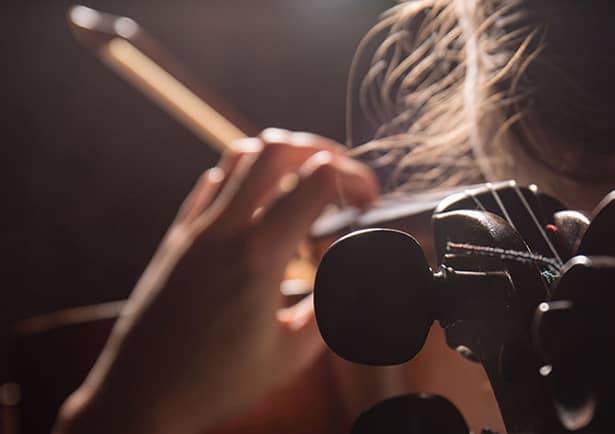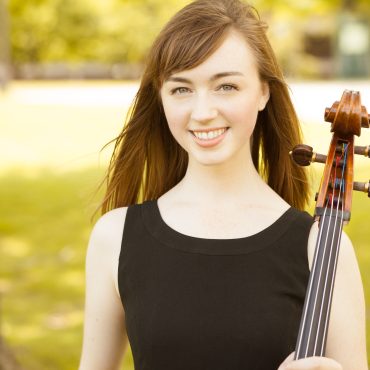
Shifting from Judging to Observation During Practice
Meghan Lyda
It happens all the time in my lessons. A student plays a phrase, makes a mistake—or two—stops, shrinks back in their chair, and sighs, “that was really bad.”
That’s when I say my favorite line: “Be more specific.”
“The sound wasn’t full because I was playing too close to the bridge.” “The shift was inaccurate because I didn’t make a preparatory motion.” “The fast notes weren’t clear because my right hand got ahead of my left hand.”
Once the student is asked to be specific, they shift from a place of judgment to a place of observation.
A judgment can be a gut reaction and a sign that you’re listening to yourself play. It grabs your attention, but it doesn’t help you choose how to move forward. An observation is information that can lead you to solutions, and isn’t an attack on your self worth or abilities.
Making this shift allows you to disentangle your feelings of self-worth from the practice process and shows you the next steps to take.
How to implement the shift from judging to observing in your practice routine:
-
Be aware. When you practice, you’re going to hear internal alarm bells from time to time that will tempt you to think “that was bad” or even “I’m bad at cello.” Notice when this happens, then …
-
Make the shift to an observation by asking yourself to be more specific about the sounds that came from your instrument.
-
Write down the observation. Include the measure number, what went “wrong,” why it went wrong, and what the solution is.
-
Practice the solution today, tomorrow, and the next day. Your practice sessions will be much more productive and less painful!
Subjects: Practicing
Tags:
